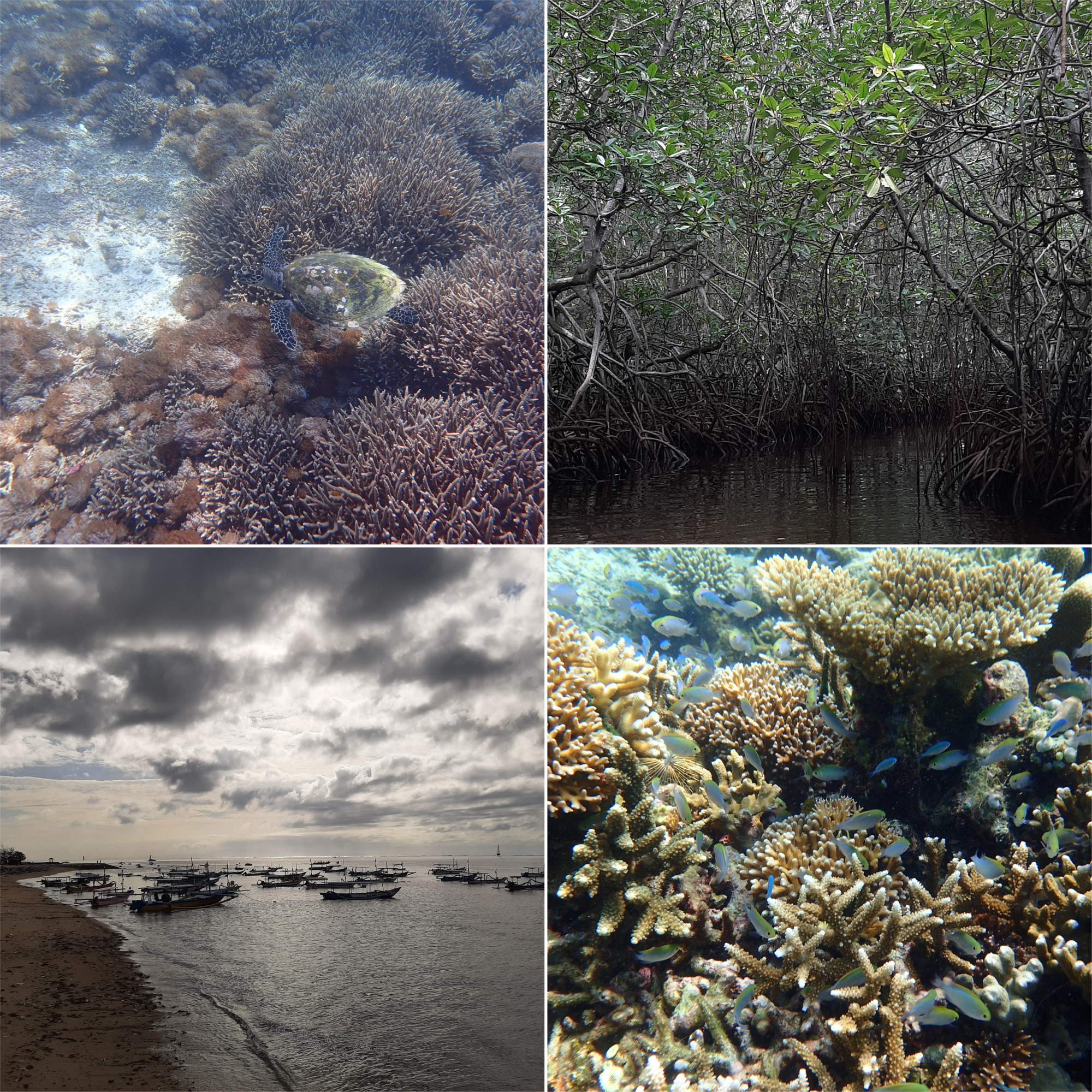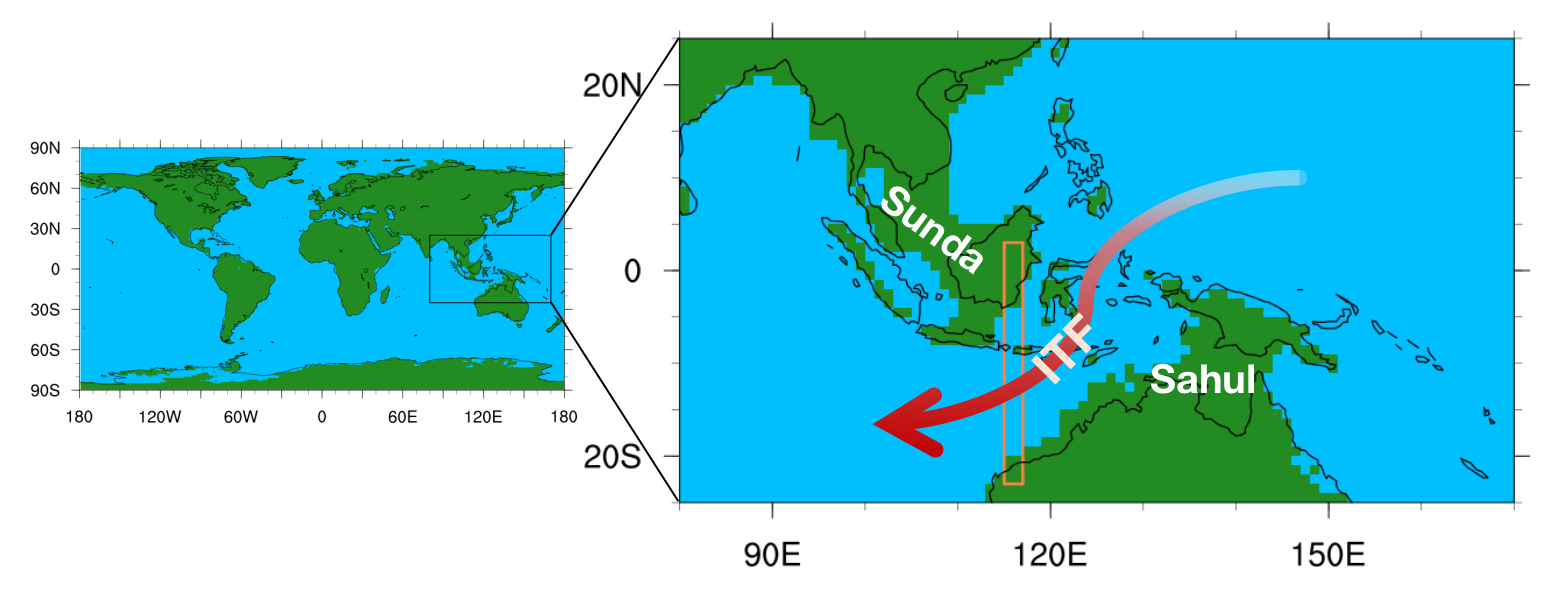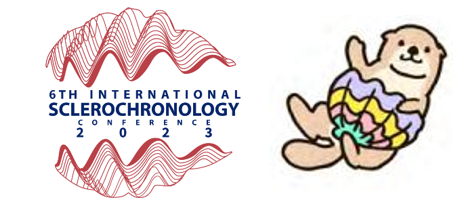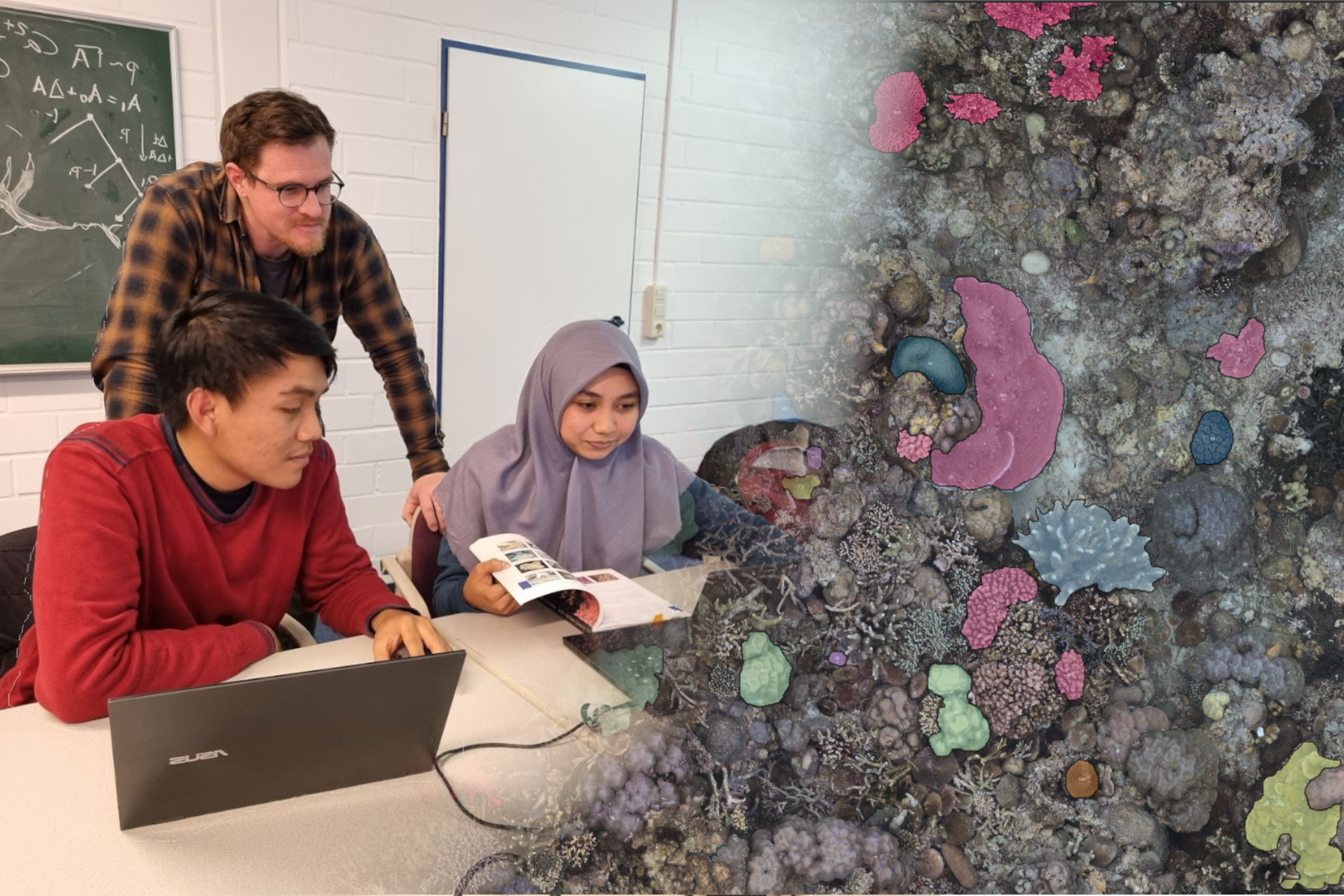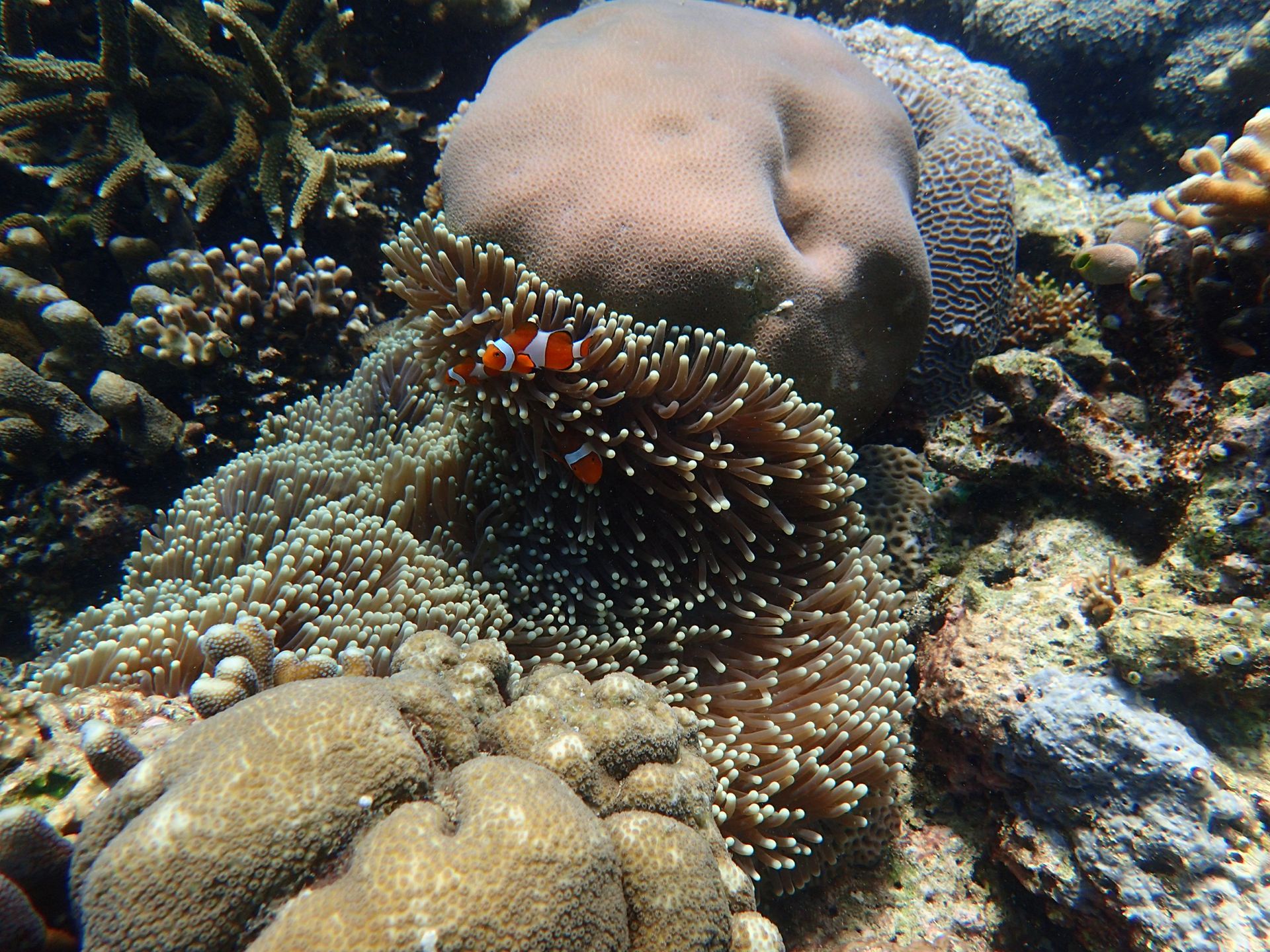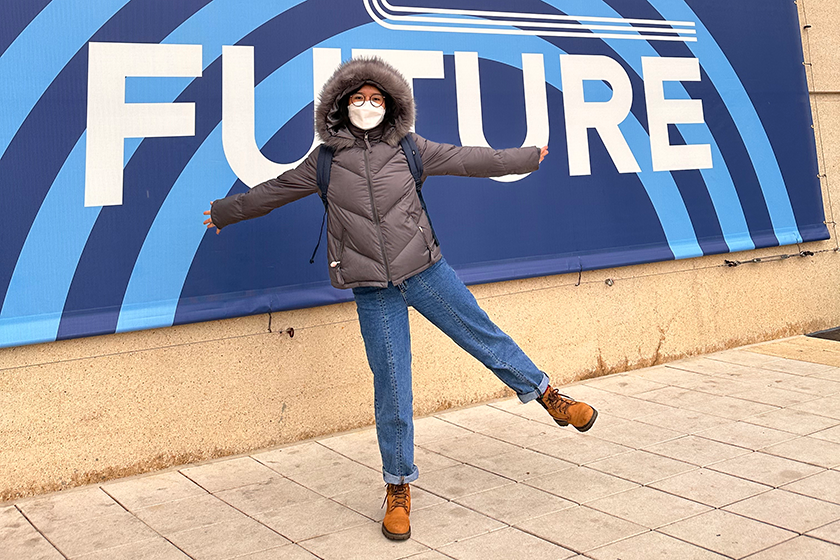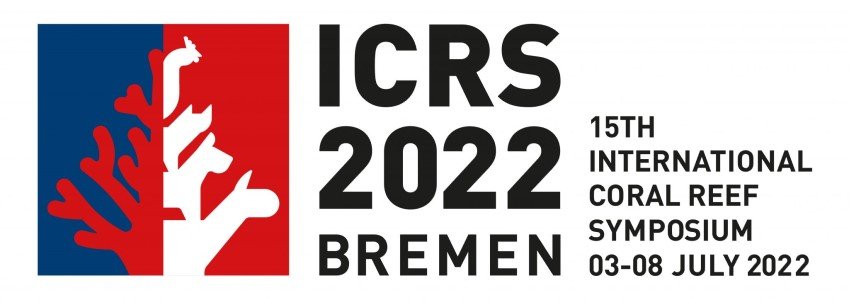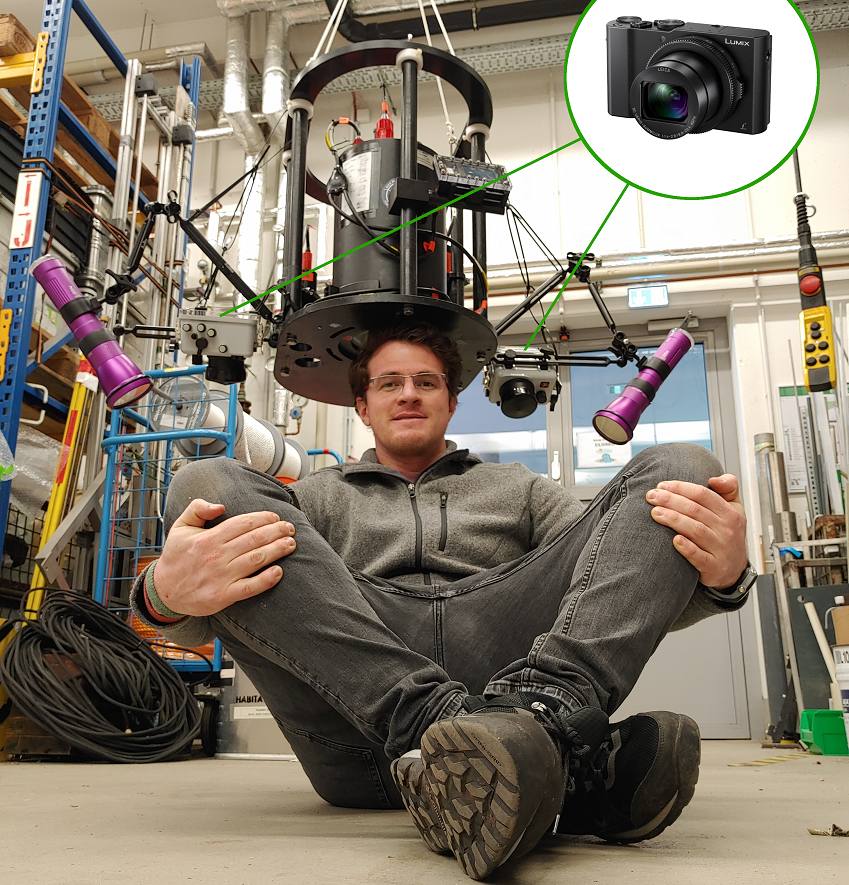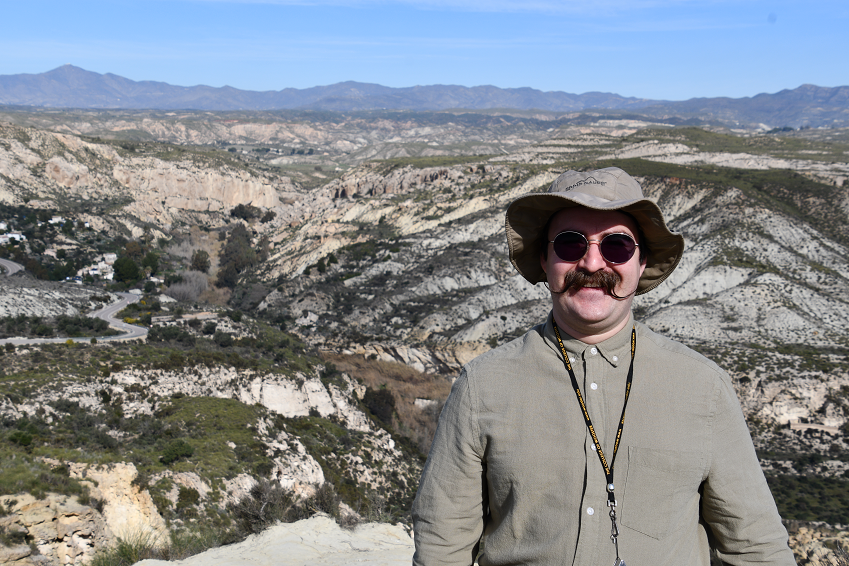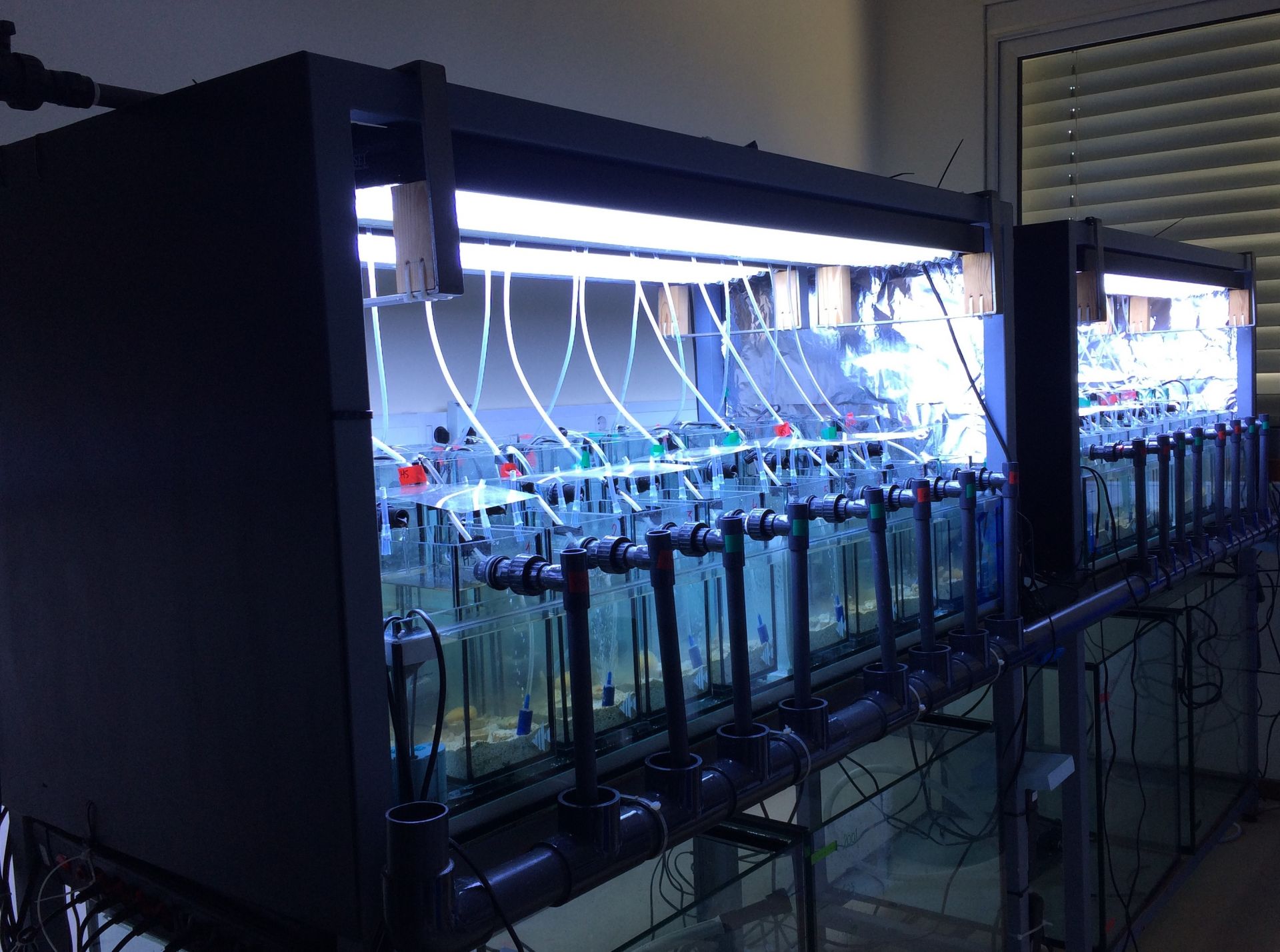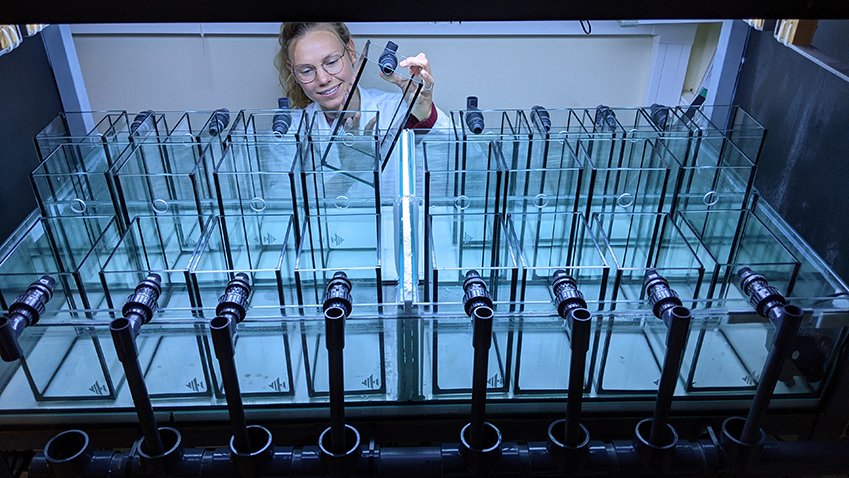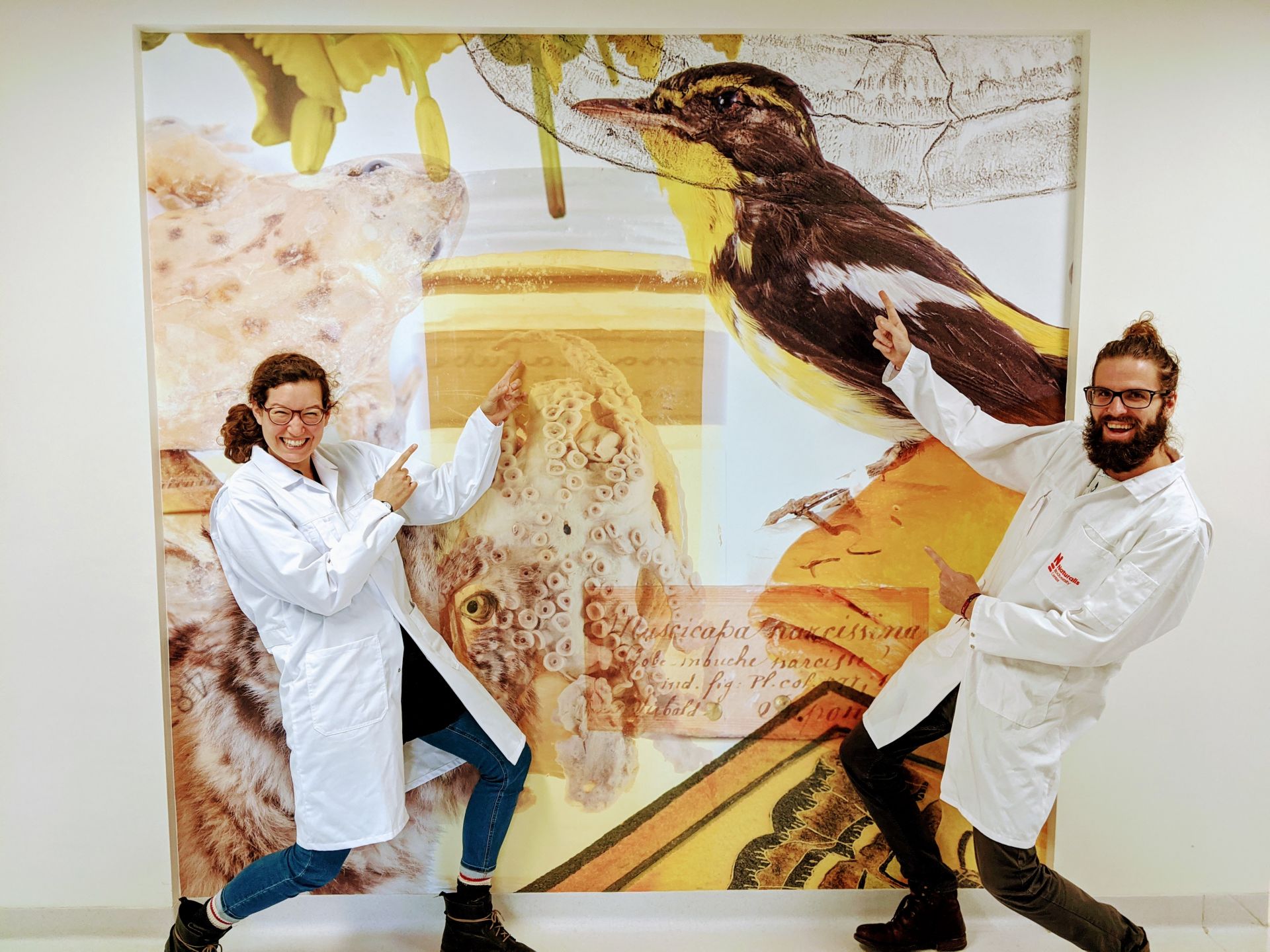October 2023
NTA in Indonesia: A Tale of Two Cities (and ESRs): The Second Week
Blog by 4D-Reef ESRs Mariya Perepelytsya, based at Deltares (the Netherlands), and Kathrine Maxwell, based at Leibniz Center for Tropical Marine Research (Germany). All PhD's gathered for a network and training activity (NTA) in the
What was the climate and ocean circulation of the Maritime Continent during a warmer period in the past?
Blog by 4D-Reef ESR Xin Ren, based at University of Bristol. Figure 1 (at top of the page). PRISM4 Pliocene land-sea mask. The modern continental outline is indicated with black lines; blue and green shadings
Max at the 6th International Sclerochronology Conference
Blog by 4D-Reef ESR Max Fursman, based at Goethe University Frankfurt, Germany The scientific community is a vibrant tapestry of intellect, curiosity, and collaboration that spans across borders and unites researchers from all corners
March 2023
Digitizing the Spermonde coral reefs: a paradise of corals, turf- and coralline algae
Blog by 4D-Reef ESRs Daniel Christoph Schürholz, Dino Ramos and Estradivari, based at respectively the Max-Planck-Institute for Marine Microbiology, University of Granada and Leibniz-zentrum fur Tropical Marine Research. Digitizing the Spermonde coral reefs: a
NTA5 in Indonesia: A Tale of Two Cities (and ESRs) – part 1
Blog by 4D-Reef ESRs Mariya Perepelytsya, based at Deltares (the Netherlands), and Kathrine Maxwell, based at Leibniz Center for Tropical Marine Research (Germany). Last 17 to 29 October 2022, the 4D-REEF Team went to
February 2023
Reef Digital Twins
Blog by Roberto Giudici, ESR of 4D-REEF at OceanMaps in Austria. Scientific descriptions of reefs contain a wealth of information, but are difficult to communicate in a form that can be easily understood by
January 2023
Adventure at the AGU fall meeting 2022
Blog by Xin Ren, PhD student of 4D-REEF at the University of Bristol in the UK. AGU (American Geophysical Union) Fall Meeting is one of the biggest conferences in the area of Earth and
August 2022
4D-Reef at the 15th International Coral Reef Symposium
Where do we even begin, it's the largest gathering of reef minds on Earth, the International Coral Reef Symposium! (ICRS for those of you in the know). Naturally, the story of a massive event like
May 2022
Scientific Dive Course Part 2: Electric Boogaloo
“Tam” Towels on the dive course. This is what we call surfing towels after 4D-REEF team member Tamara Stuij. Image courtesy of Dino Ramos. Blog by Mike Hynes, PhD student of 4D-REEF at Naturalis
April 2022
Coral reef habitat mapping in Corona times
Blog by Daniel Christoph Schürholz, PhD student of 4D-REEF at the Max-Planck-Institute for Marine Microbiology. The current global pandemic has affected all of our personal and professional lives. I myself started my PhD project
March 2022
Carboneras Network Training Activity 2.0
By William Harrison, PhD student of 4D-REEF at Naturalis Biodiversity Center. From April 20th to 24th, 2020 February 20th through 26th 2022, the 4D-REEF consortium met once again. And this time we actually went
Stand with Ukraine
We are absolutely shocked and horrified by the abhorrent actions of the Russian government against Ukraine. There are just no words. 4D-Reef stands for cooperation across borders, finding strength in our cultural differences, and the
February 2022
Conserving the turbid reefs, why do we care?
Almost 31% of the population in the Coral Triangle nations are dependent on marine resources; and many of them live around and use marine resources from turbid reefs (Photo by: Stevanus Roni) By Estradivari,
August 2021
Estradivari co-authored an article in NATURE Comment
Our 4D-REEF researcher Estradivari co-authored a recently published article in NATURE Comment: Biodiversity needs every tool in the box: use OECMs Cited from the article: "To conserve global biodiversity, countries must forge equitable alliances that
Microcosms in action – blog #2 of Tamara
Blog by Tamara Stuij, PhD-student of 4D-REEF at the University of Aveiro, Portugal. As the whole experimental part of the work is all set and done by now, I look back at the first blog
June 2021
Open and inclusive science can pave the way for baselining biodiversity
By Andrew F. Torres (ESR at Natural History Museum London) Studying gastropods (currently the second most diverse group of animals, only after insects) from Indonesia (which is right smack in the middle of a marine
Decalcification trials on living forams at Naturalis
By Elsa B. Girard (ESR at Naturalis Biodiversity Center) A new pet at Naturalis To fill the hole left by the impossibility to go to the field in Indonesia in 2020, we decided to host
May 2021
Surveying what’s hidden: using ARMS to capture cryptic biodiversity
By Dino Ramos (ESR 11 at University of Granada), Andrew Torres (ESR 3 at Natural History Museum London) and Dedi Parenden (ESR 17 at Hasanuddin University) COVID-19 has made working in the field still out
April 2021
Looking at coral reefs’ environmental parameters from space
By JC Fischer & Elsa B. Girard (ESRs at University of Bristol and Naturalis Biodiversity Center) Environmental conditions can provide essential information for any ecological analysis of coral reefs. To improve our understanding on temporal
January 2021
Microcosms – how I became an aquarist
By Tamara Stuij (ESR at the University of Aveiro, Portugal) For my project I am setting up a multifactorial microcosm experiment to explore the dynamic nature of coral reef bacterial communities. In this blog post
November 2020
Lab work: an ideal reason to flee the home office
By Elsa B. Girard and Mike Hynes (ESRs at Naturalis Biodiversity Center) Since September, Elsa and Mike left home on a part-time basis to do lab work at Naturalis Biodiversity Center. Not only do they


